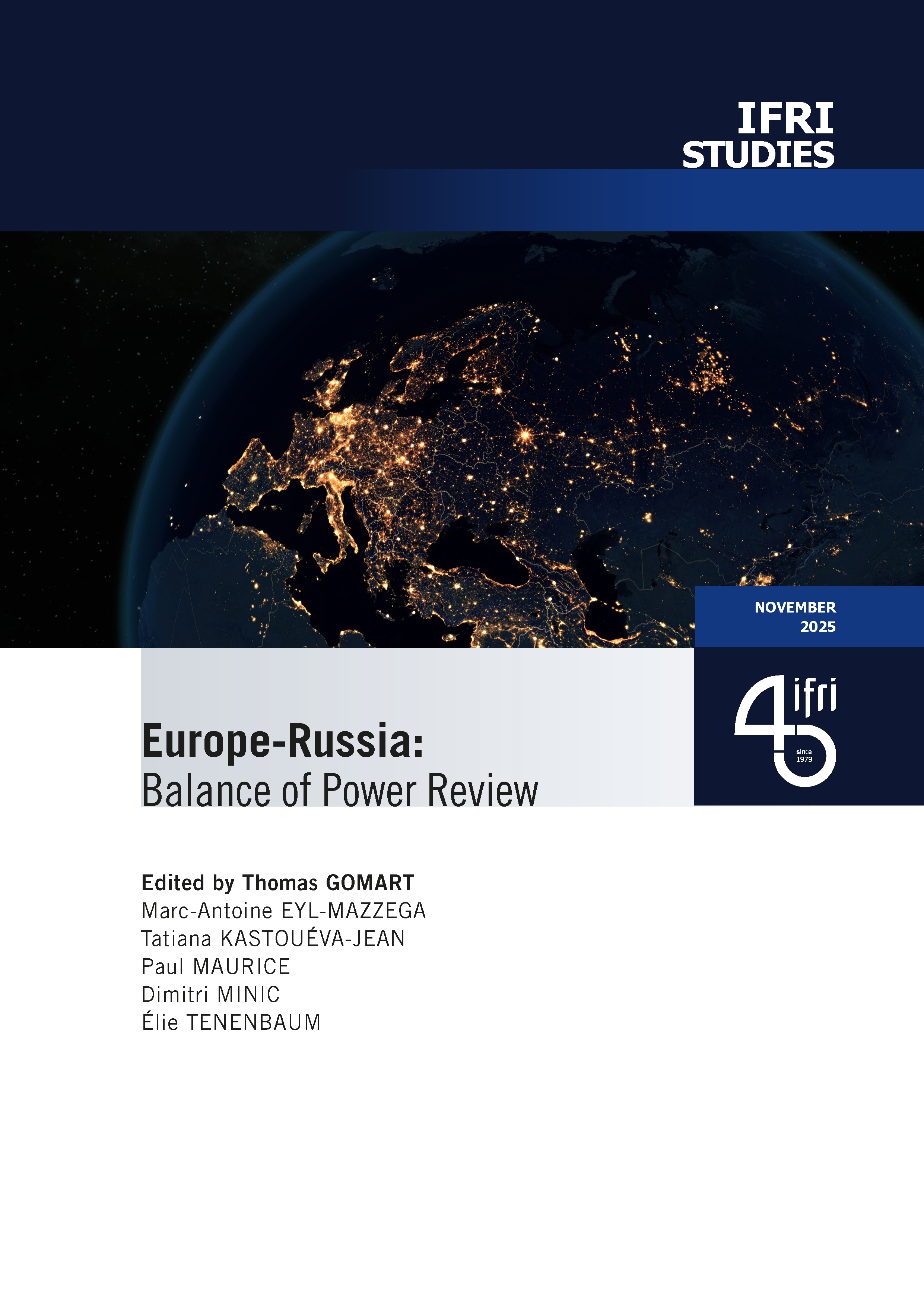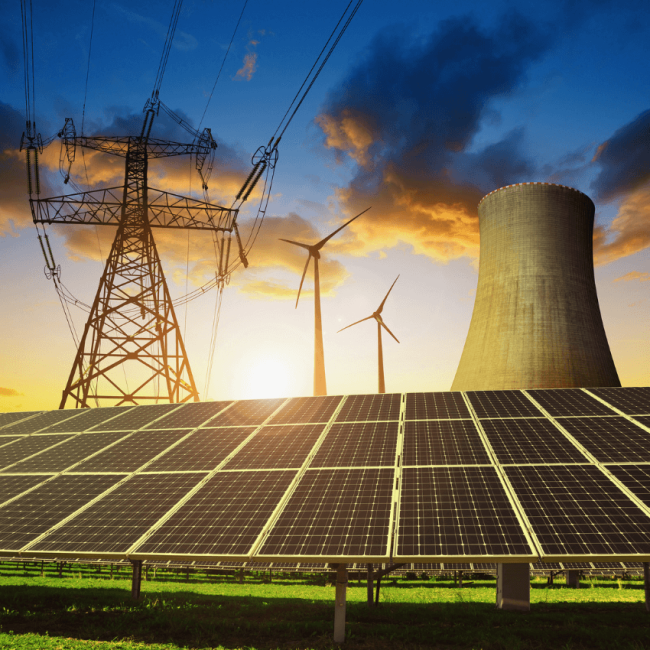Global Coal Markets at a Climax. An Era of Coal Decline is Finally about to Begin
In a previous note published in 2018, we noted that global coal demand had flattened. Several governments had announced coal phase-out plans, global coal power investment had contracted, and investment in greenfield coal mines was also at a standstill. The freezing of financial resources for coal projects might have indicated the beginning of a structural decline in coal demand and supply.
However, global coal demand again reached an all-time high in 2022, and 2023 may set a new record as coal prices have fallen from their highs of 2022, making coal more competitive in Asia. The key question is therefore when a structural decline in coal demand will begin, and how steep the decline will then be. This briefing note looks at coal demand in four major markets, China, India, the United States (US), and the European union (EU), which together account for 80% of global coal demand, and also analyzes recent trends in international trade and prices.
- Global coal demand hit an all-time high in 2022, driven by China and India mainly. With lower prices, 2023 could see another record use.
- Yet this is not a lasting coal comeback. Already in 2023, European coal demand is collapsing. US coal demand is continuing its structural decline. Even in China, where coal power plant permitting is experiencing a new boom, coal demand may decline as soon as 2024. Indian demand is likely to continue growing over the decade though.
- The global energy crisis has not derailed the move away from coal especially as clean investment is rising everywhere. The gap between the growth of clean electricity generation and the growth in electricity demand has been narrowing in recent years, suggesting that a structural decline in global coal generation is soon to begin, notably as natural gas prices ease.
- Global trade is experiencing a shift towards the Pacific basin. In 2022, the balance of the international market was ensured by increased Indonesian exports, reduced Chinese imports and the redirection of Russian coal to China, India and Turkey, mainly. China now accounts for almost 30% of world trade and has considerable power on the international market.

Available in:
Regions and themes
Share
Related centers and programs
Discover our other research centers and programsFind out more
Discover all our analysesBrazil One Year Away from the October 2026 General Elections
Brazil’s general elections will be held on October 4, 2026, to elect the president, vice-president, members of the National Congress, governors, deputy governors and state legislative assemblies. For the presidential and gubernatorial elections, a second round will be held on October 25 if no candidate obtains a majority of the votes in the first round.
COP30: An Inflection Point for Climate Action and Governance
The 30th Conference of the Parties (COP30), opening in Belém, Brazil, on November 10th 2025, convenes at a perilous moment.
The Strategic Dimension of Skills in the Clean Industrial Deal
In the competitiveness and energy transition battles, the European Union (EU) must master a determinant factor: skills.
The Energy Transition Faces Geopolitical Challenges. How Can Ideological Divides Be Overcome?
President Trump’s positions and policies, combined with record coal consumption and booming global electricity demand, geo-economic confrontation, and widespread concerns about energy security, are changing the game when it comes to understanding realistic decarbonization trajectories. The war in Europe is intensifying competition between defense and transition budgets. This is also the case elsewhere in the world.











